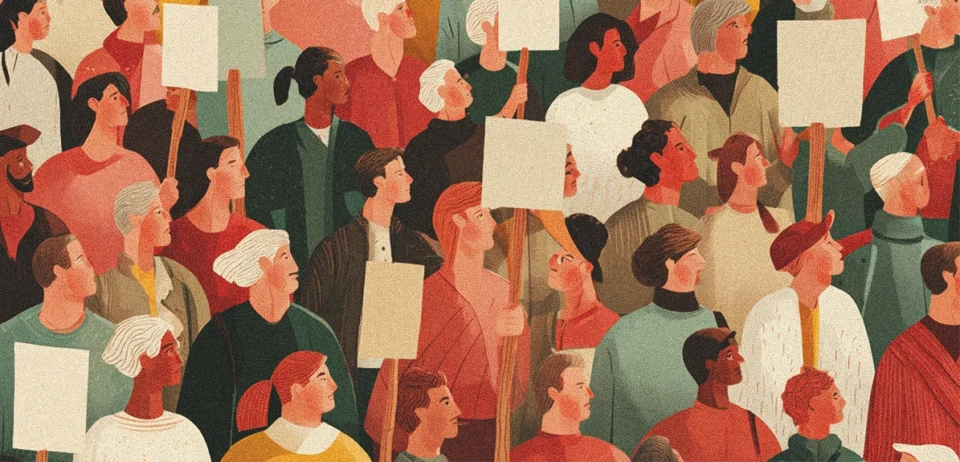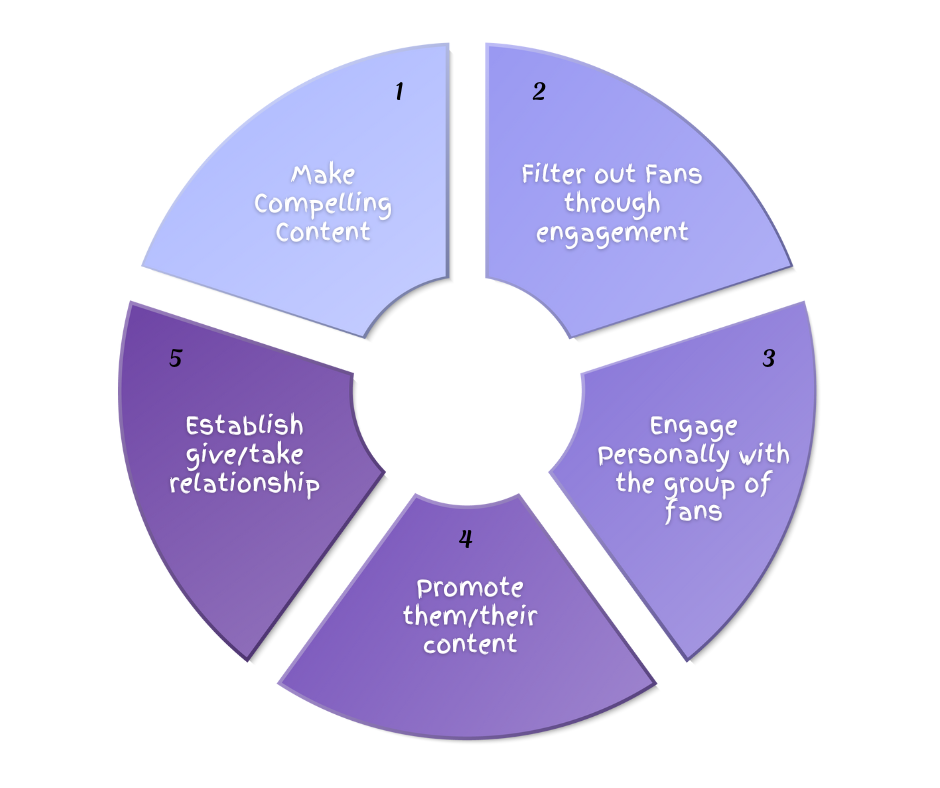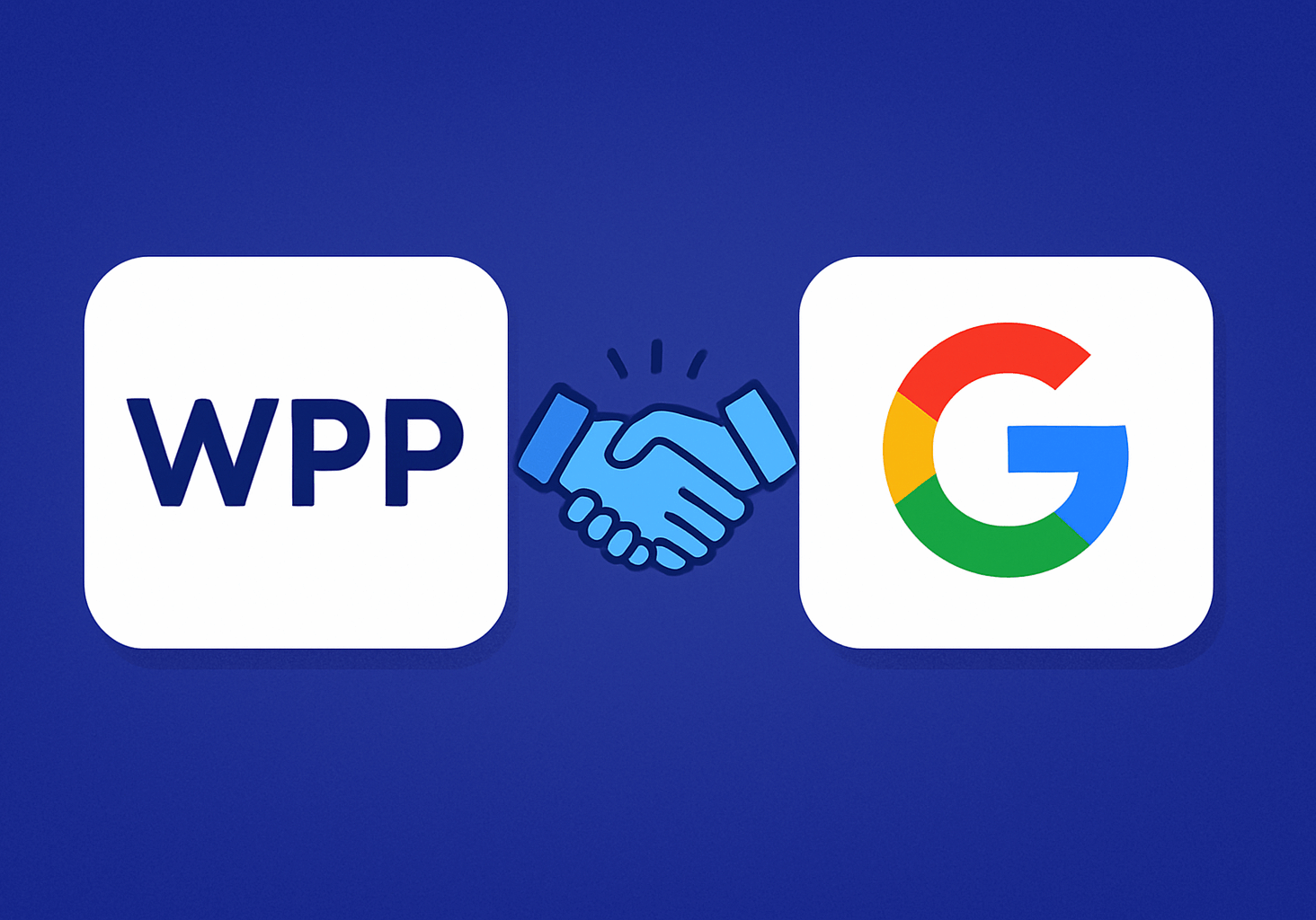
Brands Make Marketing Personal Again by Going Direct-to-Fan
From “Direct-to-consumer” (D2C) to “direct-to-fan” (D2F), marketing keeps on giving in different loops and hoops. However, D2C is more about cutting the middleman, selling smarter, and capturing a higher margin.
But, in today’s digital economy, brands are taking it to the next level!
They want the interaction between brands and customers to be more personal and less transactional. The emotional spark between brands and people? It must be contained. So, the best option is to adopt personal marketing tactics.
Let’s dive deep into direct-to-fan marketing to understand the nuances.
What “direct-to-fan” marketing means
Direct-to-Fan (D2F) is typically used by musicians and singers, who sell limited merchandise or premium memberships directly to their fans. In brand marketing, it’s about building an ecosystem where the brand and its audience co-create value.
A better word: fandom-powered marketing. Instead of pushing content at people, brands create spaces for people and let them shape the narrative.

In a D2F world, brands create personalized content hubs, such as digital fan clubs, member-exclusive updates, or creative co-labs. Many of them launch micro-community initiatives, often linked to fan groups, private Discord servers, or behind-the-scenes drops.
The goal here is for depth over reach. That’s the emotional moat D2F builds.
Because here’s the truth: consumers don’t want to be “targeted” anymore. They want brands that get personal, reward loyalty, and let them in on the story.
The marketing rethink
Marketers have always been storytellers. But in the D2F mode, they need to think like artists.
Subscribe to our bi-weekly newsletter
Get the latest trends, insights, and strategies delivered straight to your inbox.
Artists don’t broadcast; they share. They don’t sell tickets, but they nurture relationships that buy tickets. Their success depends on emotional connection, creative vulnerability, and an ever-evolving relationship with fans.
Brands that get this right are designing fan ecosystems, not customer funnels. Instead of pushing out one big campaign every quarter, they create a rhythm of smaller, interactive moments in the form of digital collectibles, exclusive content, co-creation invites, meetups, or reward loops.
Secret sauce? Emotional data.
Not just what consumers buy, but what they care about. When you know why your audience reposts, reacts, or rants, you stop marketing blindly. You start marketing with empathy.
Nike’s. SWOOSH – A D2F Revolution
If you want a corporate masterclass in Direct-to-Fan, look no further than Nike’s. SWOOSH—the brand’s digital co-creation platform that lets fans design virtual sneakers, participate in contests, and even earn royalties.
Nike didn’t create another app. They built a creative playground. It’s where die-hard fans and sneakerheads collaborate, not just consume.
Here’s the genius: Nike turned its audience into co-owners of its future. The emotional payoff of seeing a fan-designed sneaker drop is bigger than any ad campaign could deliver. That’s participation at scale—and the perfect example of what “humanizing” a global brand really looks like.
In the D2F ecosystem, where co-creation is rewriting the rules, a euphoric surge of hybrid creator-brand collaborations is taking shape.
The rise of the creator-brand hybrid
The line between creators and brands isn’t blurring anymore; it’s collapsing.
Today, creators aren’t just collaborators; they’re co-architects of brand identity. The new hybrid model treats creators as both audience proxies and innovation engines—people who live inside the culture brands are trying to reach.
Unlike traditional influencer deals, creator-brand hybrids go beyond promotion. They plug creators into the DNA of marketing and product strategy, shaping what’s made, how it’s positioned, and where it lives culturally.
Take Beats by Dre, which evolved from celebrity-endorsed headphones into a cultural platform. Instead of chasing endorsements, Beats embedded itself in the creative energy of music, sport, and streetwear. The brand’s partnerships now run like cultural collaborations — working with emerging musicians and athletes who build meaning, not just impressions.
Another is Adidas Originals’ collaborations with Bad Bunny and Gucci’s partnership with Harry Styles’ HA HA capsule. These weren’t marketing gimmicks; they were cultural statements, built on shared aesthetic codes and communities that already existed. The creators involved didn’t borrow from the brand’s influence; they reinterpreted it.
That’s the crux of this hybrid era: co-ownership of narrative.
Creators bring credibility and human presence. Brands bring infrastructure and reach. Together, they create emotional IP that lives longer than a campaign cycle.
In this model, the fan doesn’t just see a collaboration. They witness a conversation between worlds, corporate meets creators, and commerce meets culture. And when that conversation feels authentic, it turns into something marketing money can’t buy: belonging.
The creator-brand hybrid is what the D2F movement has always pointed toward: not brands talking to fans, but building with the people fans already trust.
The D2F movement isn’t about technology or tools, but rather intent. It’s acknowledging that fans don’t want perfection; they want to be part of the experience. They want access, emotion, and reciprocity.
Tomorrow’s winning marketing strategy will be less “conversion rate” and more “community resonance.” The brands that thrive will be those that learn to belong to their audiences—not just broadcast to them.
Cut to the chase
If D2C marketing is efficient, direct-to-fan marketing is about empathy and human connection, rather than promises and ads. And in a world where AI can mimic everything except emotion, that human touch might just be the most valuable marketing currency left.


